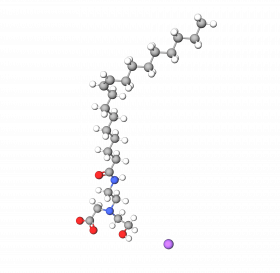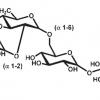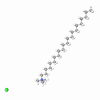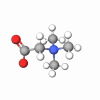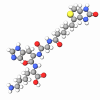Amphopropionates, also known as “salt-free” amphoterics, have been used for many years in personal care products. There are two types, mono- and di-propionates. The major advantage the propionate has over the acetate-type surfactant is that the propionate does not contain the byproduct sodium chloride.
Another advantage is that a higher active product can be achieved with proportionate compared to acetate. For example, Sodium cocoamphopropionate is an easy-to-handle liquid at 40% actives. The corresponding amphoacetate (sodium cocoamphopropionate) would be a highly viscous gel at the same activity.
Also, the amphopropionate was found in irritation studies to be milder to the eyes than the acetate. The applications for the “salt-free” amphoterics are for products where salt is undesirable, e.g., neutralizing shampoos (ethnic market), clear mild body washes, baby shampoos, and acne cleansers.
The following are the product categories utilizing “salt-free” propionate amphoterics:- Neutralizing Shampoo: A neutralizing shampoo is used after a hair-relaxing process. The purpose of the neutralizing shampoo is to wash out the excess alkali used in the process. The products should be:
- Acidic: They will aid in neutralization.
- Mild: They will reduce further damage to the hair fibers.
- Salt-Free: They will reduce irritation to the scalp after the caustic process.
- Clear Mild Body Wash: A clear viscous body wash can be achieved without the need to add salt or an alkanol amide.
- Baby Shampoo: Baby shampoo should be as mild as possible for the eyes. The amphopropionate was found to be one of the mildest surfactants available.
- Acne Cleanser: A salicylic acid cleanser requires stability at a low pH. The salt-free amphoteric, Sodium cocoamphopropionate is very stable and imparts mildness to the formula.
